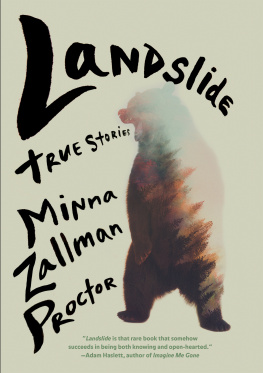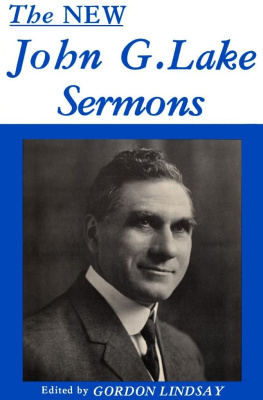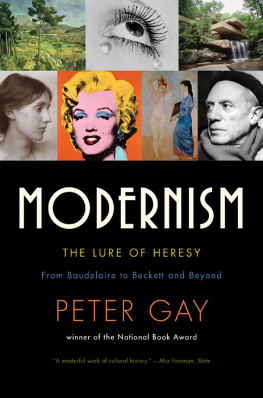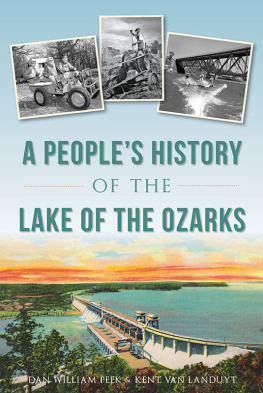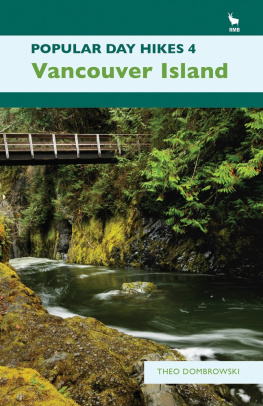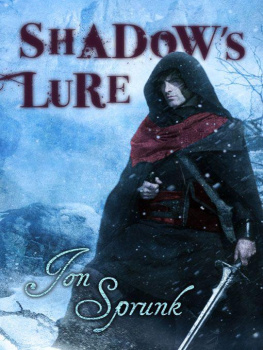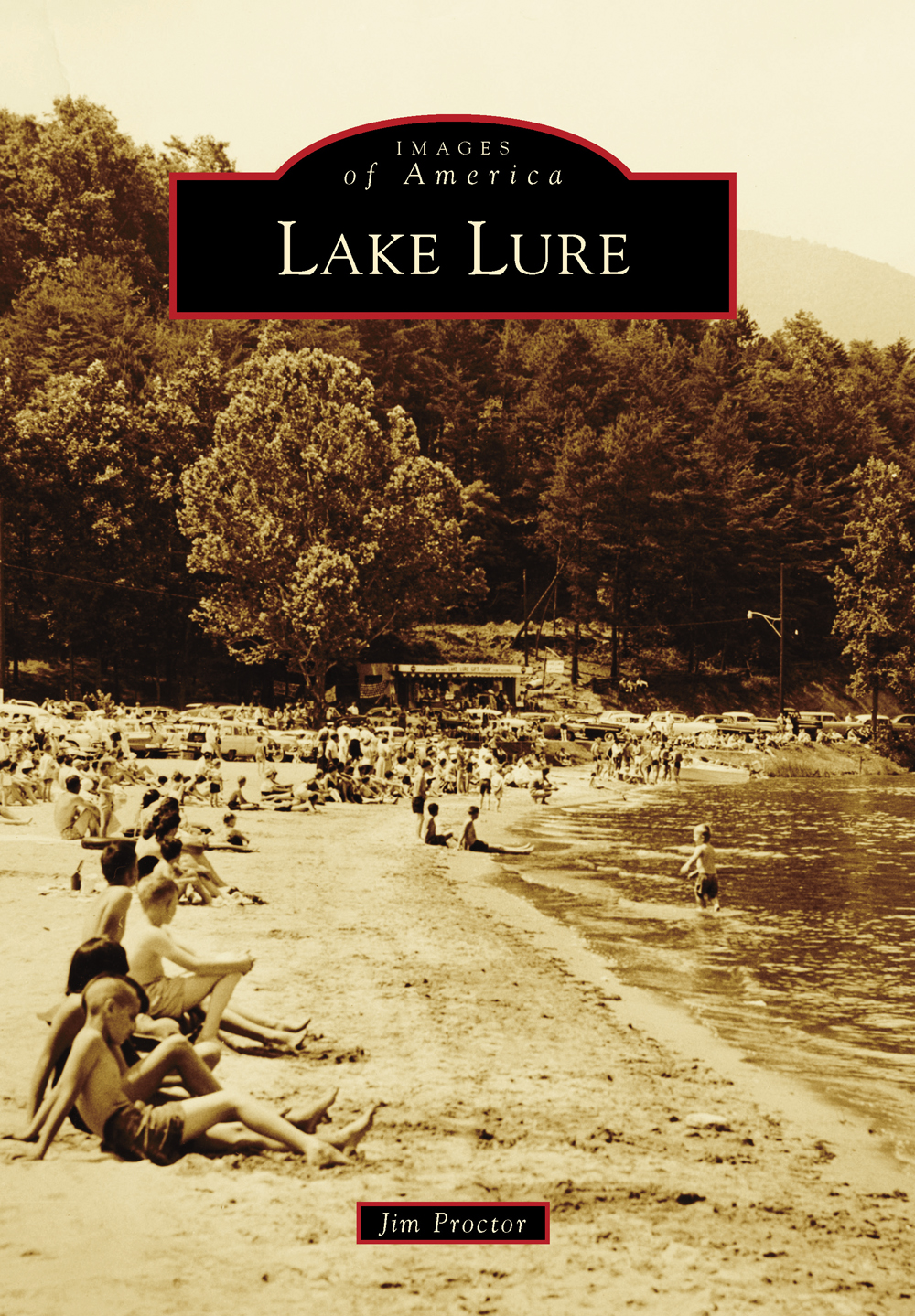
IMAGES
of America
LAKE LURE
ON THE COVER: The beach by the lake is perhaps one of Lake Lures best-known landmarks and is used by both visitors and locals alike. In its early years, the Lake Lure Beach had no fence and was open to anyone. The Town of Lake Lure realized lifeguards were needed, so they built a fence and sold tickets to pay for the expenses. (Photograph by Norman Greig; courtesy of the Greig family.)
IMAGES
of America
LAKE LURE
Jim Proctor

Copyright 2013 by Jim Proctor
ISBN 978-0-7385-9843-7
Ebook ISBN 9781439643341
Published by Arcadia Publishing
Charleston, South Carolina
Library of Congress Control Number: 2012949481
For all general information, please contact Arcadia Publishing:
Telephone 843-853-2070
Fax 843-853-0044
E-mail
For customer service and orders:
Toll-Free 1-888-313-2665
Visit us on the Internet at www.arcadiapublishing.com
This book is dedicated to my wonderful wife, Robin, and in memorial for my mother, Anne Washburn Proctor; my father, Francis Clyde Proctor Sr.; Aunt Fanny; Uncle Bud; and my grandparents, Jim and Tootsie Washburn. I do wish I had inherited their eloquence in the art of storytelling.
CONTENTS
ACKNOWLEDGMENTS
I offer my sincerest thanks to all who have helped me in this educational and fun endeavor. Along with my familys collection of historical photographs, I am particularly grateful to Todd Morse, Randy Balot, Bob Washburn, Jane Noblitt Melton, Ben Butler, Chris Braund, Camp Lurecrest, and the Town of Lake Lure for giving me access to their images. I was very lucky to have this project as an excuse to spend many hours talking to folks near and far about our wonderful and beautiful community. I am, of course, also indebted to all the real historians, past and present, for all the previous works written about Lake Lure, Chimney Rock, the Hickory Nut Gorge, and Western North Carolina. I think every author writing a book about the history of any location in Rutherford County owes a hearty thanks to former county historian Clarence Griffin.
INTRODUCTION
Lake Lure, one of the most beautiful lakes in the world, is often billed as the Gem of the Carolinas. This mountain lake is surrounded by majestic cliff-sided mountains and fed by the idyllic Rocky Broad River. Lake Lures subtropical climate offers diverse plant and wildlife. Lake Lures history is not only long and fascinating, it is actually much older than the lake itself.
Lake Lure is in Rutherford County, North Carolina, and was, of course, first inhabited by Native Americans. At the time of Columbuss trips to the New World, this area was near the boundary of the Cherokee and Catawba Indian tribes. Many believe this area was sacred to both tribes. There are many stories and myths about its occupants and how the valley was formed. The valley was actually formed by the mountains and river and is called the Hickory Nut Gorge.
This part of Rutherford County was first settled by Europeans around 1760. The highway through Hickory Nut Gorge is, in fact, one of the oldest roads across the North Carolina Appalachian Mountains. This road allowed the travel and tourist industry to come to Rutherford County. During the late 18th and 19th centuries, many way stations and inns were created to provide meals and lodging to the weary travelers. Though often rough, the early roads in this area were highly regarded by the residents of this remote and sparsely settled region. With the rivers too rough for navigation and the railroads still decades away, the early roads and the stagecoaches that negotiated them provided commercial ties to the outside world.
The route through the Hickory Nut Gorge was favored by the early operators of stagecoach lines. Beginning in 1839, the Great Western Stageline utilized this route on its Salisbury-to-Asheville run. Twenty years later, the Asheville-to-Charlotte United States Mail Line traveled the Hickory Nut Gorge Turnpike, advertised as the cheapest as well as the most direct route.
James Harris and his sons Dr. John and Zadock Harris were some of the first to be aware of the business potential associated with travel and tourism. They built two of the first inns in Rutherford County and were instrumental in the development and the establishment of the early trade routes. Zadock established his inn in the southeastern part of Rutherford County, while John decided to invest in the more remote but scenic western part of Rutherford County. The Harris Inn near the Rocky Broad River was built sometime between 1782 and 1800.
The entrepreneurial spirit of the Harris family was well known in the county. Around 1834, the family tradition of innkeeping was furthered when Bedford and Elizabeth Sherrill, Dr. Harriss daughter and son-in-law, built Sherrills Inn at the Hickory Nut Gap, 10 miles to the west of the Harris Inn.
Dr. John Harris knew that the development of good roads was essential for the development of Rutherford County. He and several other prominent men petitioned the North Carolina General Assembly to help with this cause and let them develop a toll road from Chimney Rock to Asheville. This venture was widely praised, and in 1823, the general assembly authorized expenditures to be used in making and improving the road leading from Asheville by the Hickory-Nut-Gap to Rutherfordton. Dr. Harris was one of the first commissioners of this venture. In a progress report to the general assembly issued in 1830, the commissioners noted that the road had been recently much traveled and boasted that it was destined forthwith, to become the great channel of intercourse between the Western States and the Carolinas. They further stated, The rich and romantic valley of Main Broad River, heretofore locked up by natural towers of rocks and impassable mountains, is now beginning to develop its resources, and present to the way-worn traveler a good road through an exceedingly rough country, rendered doubly interesting by the bold and majestic mountain scenery, which is not surpassed in height, beauty or grandeur in any portion of the Union. In January 1841, the general assembly reappointed Dr. John W. Harris, Bedford Sherrill, and four other men from Rutherford and Buncombe Counties as Commissioners for the purpose of making and keeping in repair a Turnpike Road. In this act, the assembly incorporated the commissioners as the Hickory Nut Turnpike Company and empowered it to issue capital stock, set construction standards, and establish rates of toll. The turnpike was completed, and on May 10, 1847, it was given a final inspection and opened to traffic. The Harris Inn was used as the tollgate for travelers going west to Asheville. The first post office to serve the Chimney Rock community was established at the Harris Inn on December 19, 1843, with Dr. Harris as postmaster.
By the 1850s, a visit to Hickory Nut Gorge was a favorite excursion for travelers in the Western North Carolina mountains. Already, the natural wonders of the area, such as Chimney Rock, the Bottomless Pools, Hickory Nut Falls, and the grand panorama of the gorge, were admired.
Along with commercial and tourist travelers, the Harris Inn was host to several noted writers. One of the first was G.W Featherstonhaugh, a noted British writer and geologist, who visited in 1837 and wrote about the Harris Inn. Two decades later, Henry E. Colton wrote two books about his travels in Western North Carolina: Mountain Scenery, the Scenery of the Mountains of Western North Carolina (1859) and Guide Book to the Scenery of the Mountains of North Carolina
Next page


